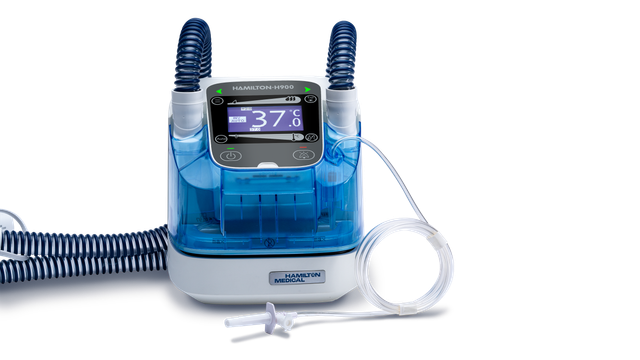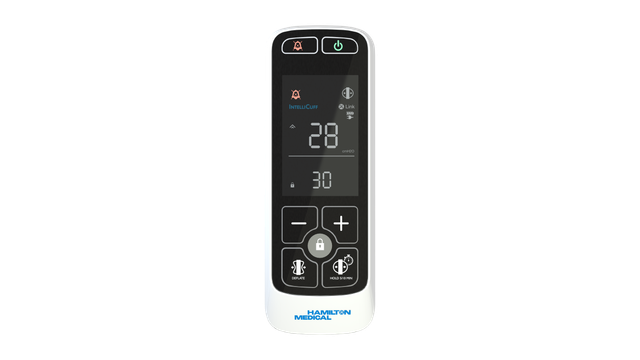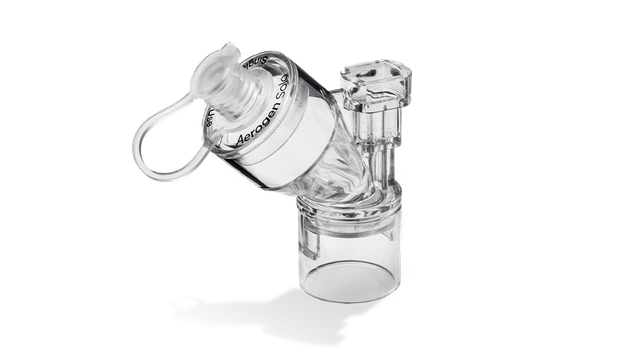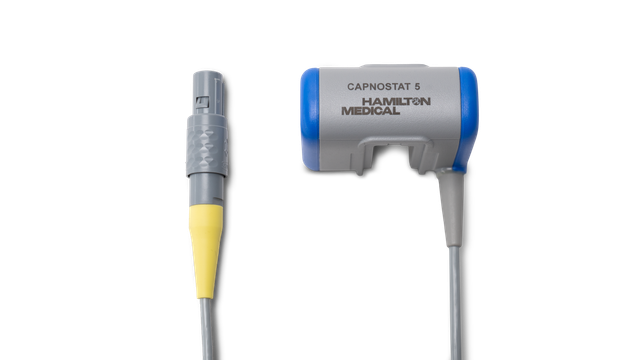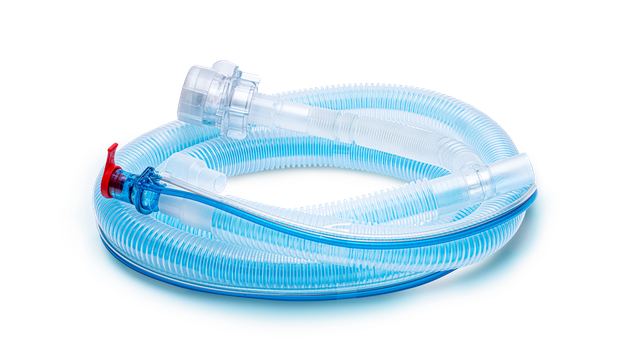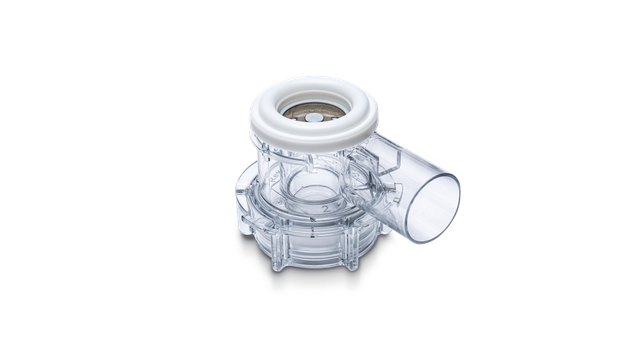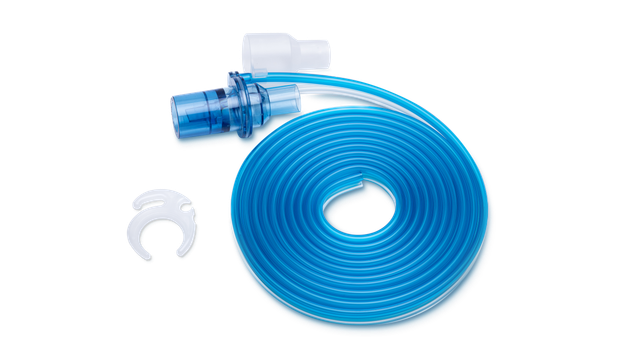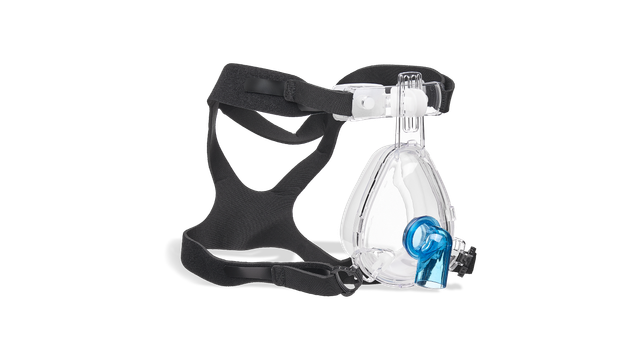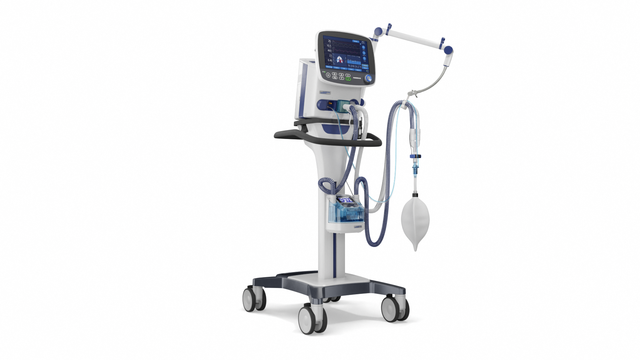
Competenza e compattezza: il ventilatore mobile di alta gamma

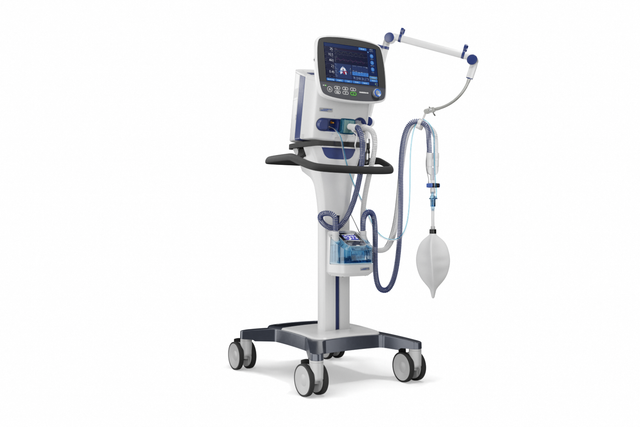
Competenza e compattezza: il ventilatore mobile di alta gamma
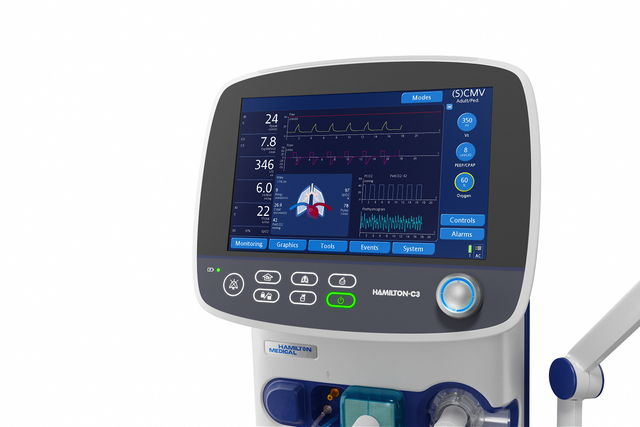
Tutto su grande schermo: i dati importanti a colpo d'occhio
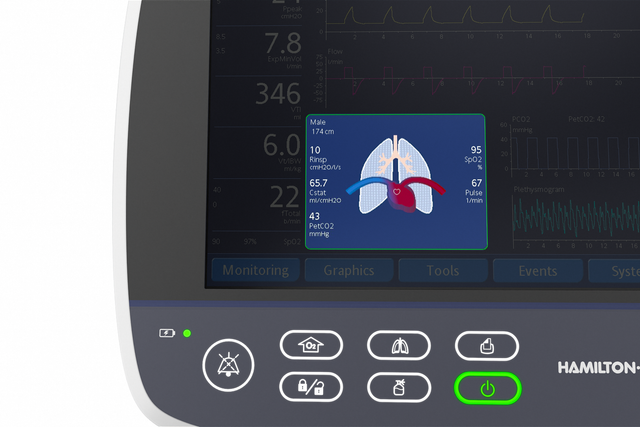
Poter vedere le condizioni dei polmoni vale più di 1000 parole
Il pannello PolmDin visualizza compliance polmonare, resistenza delle vie aeree e trigger del paziente in sincronia con i respiri effettivi.
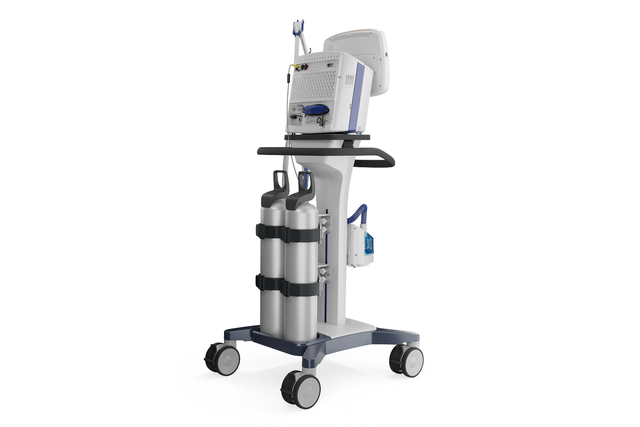
Indipendente e fiero di esserlo: a batteria e senza necessità di aria compressa
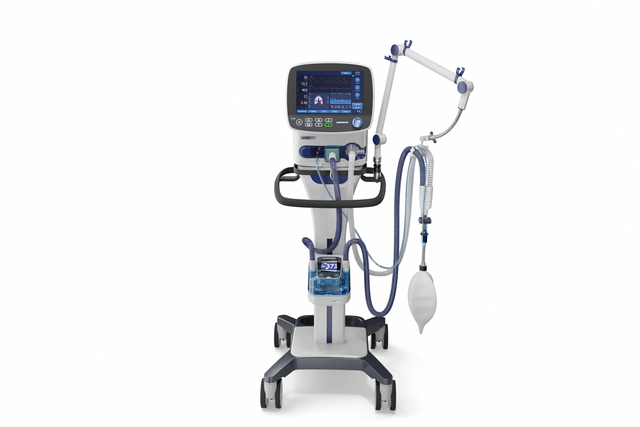
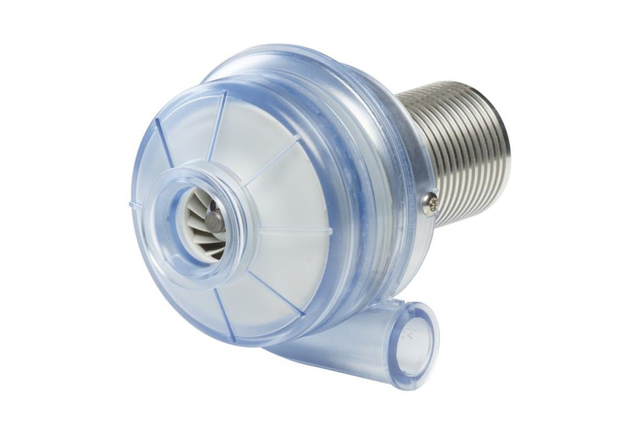
Sempre dove serve: più flessibile grazie alla turbina
Grazie alla potente turbina, l'HAMILTON‑C3 è completamente indipendente da fonti di aria ad alta pressione e compressori esterni. Garantisce quindi la massima mobilità per muoversi all'interno dell'ospedale.
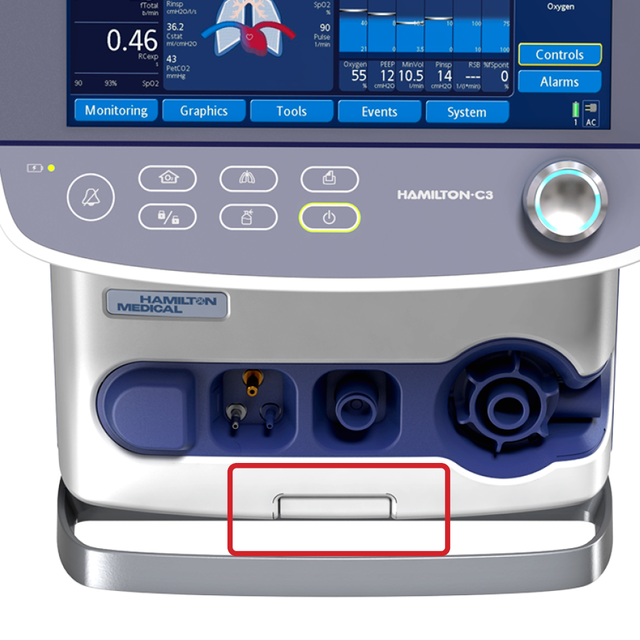
Sempre al posto giusto: basta un clic
L'HAMILTON‑C3 si aggancia facilmente a un carrello, al letto o a un ripiano. Senza dover usare strumenti aggiuntivi.
Basta premere un pulsante per sganciare il ventilatore dal carrello e riagganciarlo con un clic.
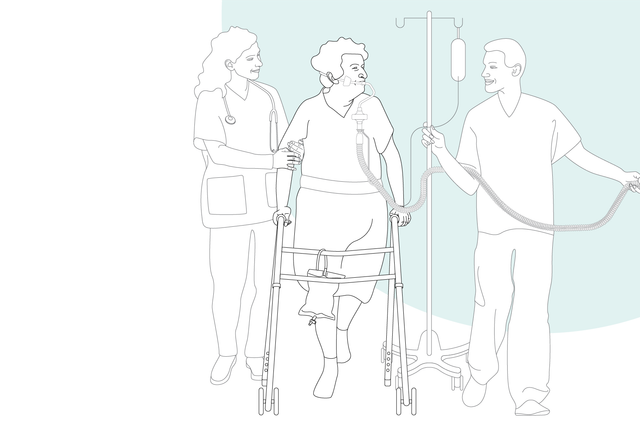
Prima è, meglio è: per una mobilizzazione precoce
Grazie alla turbina ad alte prestazioni, alla batteria, all'ingombro ridotto e alle modalità di ventilazione all'avanguardia, l'HAMILTON‑C3 è anche in grado di accompagnare il paziente nei primi passi una volta sceso dal letto.
Per saperne di più:
ecco il modello 3D
Permette di vedere l'HAMILTON‑C3 da ogni angolazione e per avere maggiori informazioni basta fare clic sui punti di interesse.
In breve
- Standard
- Opzione
- Non disponibile
| Gruppi di pazienti | Adulto/Ped., Neonatale |
|---|---|
| Dimensioni (L × P × A) | 310 × 250 × 460 mm (unità di ventilazione) 560 × 640 × 1460 mm (compreso il carrello) |
| Peso | Unità ventilatore: 9,5 kg Unità di ventilazione e carrello: 37 kg |
| Dimensioni e risoluzione del monitor | Diagonale da 12,1" (307,3 mm) 1280 × 800 pixel |
| Monitor staccabile | |
| Tempo di funzionamento della batteria | 2,4 ore con una batteria 5 ore con due batterie |
| Batteria sostituibile a caldo | |
| Alimentazione aria | Turbina integrata |
| Connettore O2 | DISS (CGA 1240) o NIST |
| Connettività | Porta COM, chiamata infermiere (opzionale) |
| Volume | 43 dB (normale utilizzo) |
| A volume controllato, a flusso controllato | |
|---|---|
| A target di volume, a pressione adattiva controllata | |
| Ventilazione intelligente | ASV®, INTELLiVENT‑ASV® (opzione) |
| Ventilazione non invasiva | |
| Flusso alto | |
| Visualizzazione della meccanica polmonare (PolmDin) | |
|---|---|
| Visualizzazione della dipendenza del paziente dal ventilatore | |
| Misurazione della pressione esofagea | |
| Capnografia | |
| Monitoraggio della SpO2 |
| Valutazione e reclutamento polmonari (P/V Tool Pro) | |
|---|---|
| Sincronizzazione paziente‑ventilatore (IntelliSync+) | |
| Ventilazione per RCP | |
| Modulo Hamilton Connect |
| Connessione da remoto all’umidificatore HAMILTON‑H900 | |
|---|---|
| Controller integrato della pressione di cuffia IntelliCuff | |
| Nebulizzatore pneumatico integrato | |
| Nebulizzatore Aerogen integrato | |
| Compatibilità con il sistema di anestesia Sedaconda ACD‑S |
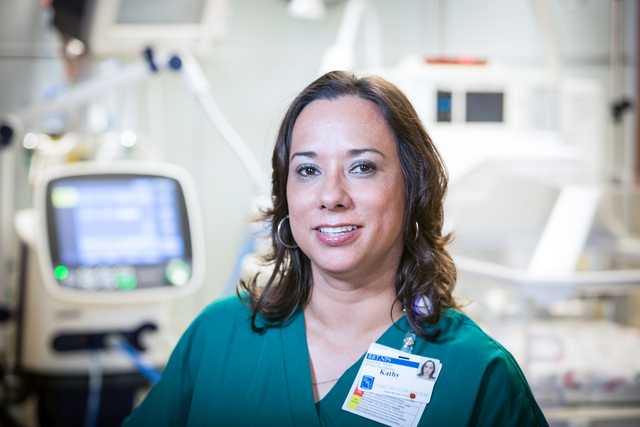
Cosa dicono i clienti
L'HAMILTON‑C3 è un ventilatore completamente trasportabile. I pazienti più fragili che vengono trasportati in sala operatoria possono continuare a utilizzare lo stesso ventilatore per tutta la durata della procedura.
Kathy Lira
Coordinatrice formazione su pazienti pediatrici e neonatali
Centro medico universitario, Lubbock, Texas, USA
Per i pazienti
Le soluzioni per la ventilazione intelligente a colpo d'occhio
ASV® ‑ Adaptive Support Ventilation®: Adattamento giorno e notte
La modalità di ventilazione ASV regola costantemente, respiro per respiro, la frequenza respiratoria, il volume corrente e il tempo inspiratorio in base alla meccanica polmonare e allo sforzo del paziente: 24 ore su 24, dall'intubazione all'estubazione.
INTELLiVENT®‑ASV: Un assistente al posto letto
La modalità di ventilazione intelligente INTELLiVENT‑ASV controlla costantemente la ventilazione e l'ossigenazione del paziente.
Regola ventilazione minuto, PEEP e Ossigeno basandosi sui target impostati dall'operatore e sui dati fisiologici del paziente.
P/V Tool®: valutazione e reclutamento polmonari
Con P/V Tool è possibile valutare la reclutabilità polmonare e stabilire la strategia di reclutamento da adottare.
Lo si può anche utilizzare per eseguire una manovra di reclutamento mediante inflazione sostenuta e per misurare l'aumento di volume dei polmoni.
Nebulizzatore integrato: utile per i trattamenti aggiuntivi
Il nebulizzatore pneumatico integrato è perfettamente sincronizzato con i tempi di inspirazione ed espirazione.
È disponibile come opzione un nebulizzatore integrato e sincronizzato Aerogen (
L'erogazione di farmaci nebulizzati a creare un aerosol contribuisce a contrastare il broncospasmo, ad aumentare l'efficienza della ventilazione e a ridurre l'ipercapnia (
Terapia ad alto flusso con cannula nasale: per chi non può rinunciare all'O2
La terapia ad alto flusso con cannula nasale (
Capnografia volumetrica: per i CO2ntrol freak
La misurazione della CO2 e del flusso prossimale consente ai nostri ventilatori di effettuare la capnografia volumetrica con tecniche moderne: una base importante per la valutazione della qualità della ventilazione e dell'attività metabolica.
Pannello StatoVent: pronti per lo svezzamento?
Il pannello StatoVent visualizza sei parametri relativi alla dipendenza del paziente dal ventilatore, tra cui l'ossigenazione, l'eliminazione della CO2 e l'attività del paziente.
Un cursore fluttuante si muove in su e in giù all'interno di ogni colonna mostrando il valore attuale di un dato parametro.
Svezzamento veloce: per chi ha sete di indipendenza
Lo "Svezzamento veloce" è una funzione della modalità INTELLiVENT‑ASV che consente il monitoraggio dinamico continuo e il controllo delle condizioni del paziente per valutare se quest'ultimo è potenzialmente pronto per l'estubazione.
SBT automatici: per non rinunciare alla spontaneità
I tentativi automatici di respirazione spontanea (SBT) sono parte della funzione "Svezz. veloce" della modalità INTELLiVENT‑ASV e permettono di eseguire SBT totalmente controllati.
Pannello PolmDin: per vedere con i propri occhi
Il pannello PolmDin mostra all'operatore una rappresentazione grafica in tempo reale di questi importanti dati di monitoraggio:
- Compliance e resistenza
- Trigger del paziente
- SpO2
- Frequenza del polso
Loop e trend configurabili: per chi ama la statistica
Il ventilatore può visualizzare un loop dinamico basato su una combinazione selezionata di parametri monitorati. Grazie alla funzione di trend, è possibile visualizzare sullo schermo le tendenze dei dati relativi ai parametri di monitoraggio e all'intervallo temporale desiderati.
Il dispositivo registra costantemente in memoria i dati sui parametri monitorati, anche quando è in Standby.
Saturimetria: la SpO2 non ha più segreti
L'opzione SpO2 permette la misurazione integrata non invasiva della SpO2 con comoda visualizzazione dei dati direttamente sul ventilatore.
Mettiamo inoltre a disposizione un'ampia gamma di sensori di SpO2.
Ventilazione non invasiva ad alte prestazioni: dietro la maschera
Le modalità di ventilazione non invasiva erogano respiri spontanei a supporto di pressione e con ciclaggio a flusso (modalità NIV e NIV‑ST) e respiri meccanici a pressione controllata e con ciclaggio a tempo (NIV‑ST).
Rispetto ai ventilatori che utilizzano l'aria compressa, i nostri ventilatori a turbina sono in grado di fornire flussi di picco maggiori. In questo modo le prestazioni sono ottimali anche in presenza di perdite consistenti.
Modalità nCPAP: per i più piccoli
Le modalità per nCPAP sono progettate in modo tale che il medico debba soltanto inserire la pressione di CPAP desiderata. Il flusso viene regolato di conseguenza in base alle condizioni del paziente e alle potenziali perdite. In questo modo è possibile evitare pressioni di picco non previste, garantire una compensazione delle perdite efficiente e contribuire a ridurre il consumo di ossigeno. Le regolazioni del flusso avvengono con estrema rapidità grazie all'elevata sensibilità delle misurazioni di pressione.
Per i medici
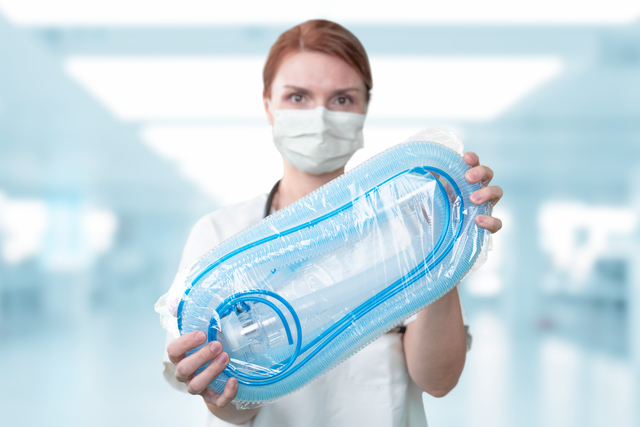
Preassemblati e pronti per l'uso
I nostri set circuito paziente preassemblati comprendono tutti i prodotti di consumo essenziali per utilizzare il ventilatore, riuniti comodamente in una sola confezione.
Tutti i nostri prodotti di consumo sono sviluppati appositamente per i ventilatori Hamilton Medical e garantiscono gli standard di qualità del produttore.

Meno tempo a girare manopole, più regolazioni basate sul paziente
Per gestire la ventilazione occorre solitamente impostare diversi parametri, come pressione, volume, trigger inspiratorio ed espiratorio, pressione di cuffia e molti altri. Ogni volta che le condizioni del paziente cambiano, è necessario eseguire una o più regolazioni.
Abbiamo creato una serie di soluzioni proprio per semplificare questo processo e ridurre il tempo passato a girare manopole:
L'Adaptive Support Ventilation (ASV) è una modalità di ventilazione che adatta costantemente frequenza respiratoria, volume corrente e tempo inspiratorio sulla base della meccanica polmonare e dello sforzo del paziente. È stato osservato che l'ASV riduce la durata della ventilazione meccanica in diverse popolazioni di pazienti, richiedendo un minor numero di impostazioni manuali (
La nostra modalità di ventilazione intelligente INTELLiVENT‑ASV permette al medico di fare molto più che passare il tempo a girare manopole, trasformandolo da semplice operatore a supervisore, riduce il numero di interazioni manuali con il ventilatore (
Le soluzioni convenzionali per la gestione della pressione di cuffia richiedono di monitorarla e regolarla manualmente.
IntelliCuff protegge le vie aeree del paziente (
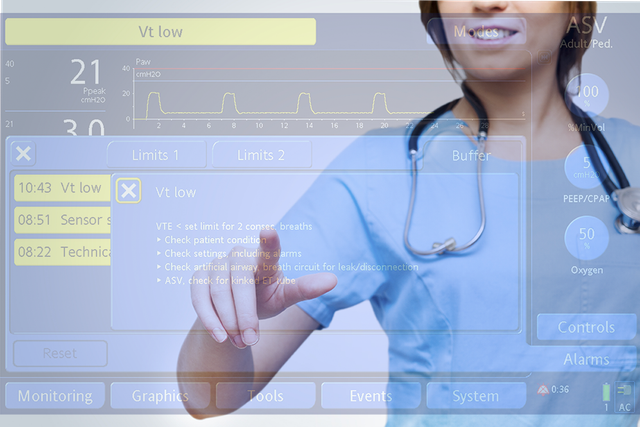
Un aiuto a portata di mano: risoluzione dei problemi su schermo
Quando c'è un problema, il ventilatore avvisa l'utente tramite la lampada di allarme, i segnali acustici e la barra dei messaggi.
La guida in linea offre suggerimenti sulla risoluzione degli allarmi.

Dire addio al ventilatore: strumenti per i protocolli di svezzamento
Vogliamo che il paziente possa fare a meno del ventilatore il prima possibile. È per questo che mettiamo a disposizione vari strumenti per aiutare i medici a mettere in pratica i protocolli di svezzamento della struttura.
Questi strumenti comprendono supporti di tipo visivo e modalità di ventilazione progettate per promuovere la respirazione spontanea.
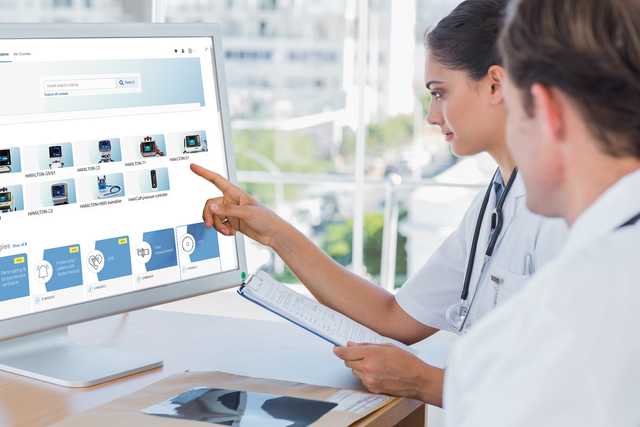
È ora di metter mano al ventilatore: percorsi di apprendimento e contenuti formativi
La nostra Academy online propone percorsi di formazione semplici per acquisire familiarità con i prodotti e le tecnologie Hamilton Medical il più rapidamente possibile.
Per il futuro

Una costante evoluzione per ampliare le capacità del ventilatore
Siamo costantemente al lavoro affinché i nostri prodotti possano evolversi. Aggiungiamo nuove funzionalità e miglioriamo quelle esistenti per garantire agli utenti la possibilità di utilizzare le tecnologie di ventilazione più avveniristiche nell'arco della vita utile di un ventilatore.


Visto uno, visti tutti: un'interfaccia utente universale
In terapia intensiva, nella sala per imaging RM o durante il trasporto: l'interfaccia di tutti i tipi di ventilatori Hamilton Medical funziona sempre nello stesso modo.
Il nostro Ventilation Cockpit visualizza dati complessi all'interno di viste intuitive.
Per una soluzione completa
Accessori totalmente integrati
Progettiamo i nostri accessori mettendo al centro dell'attenzione la massima sicurezza del paziente e la facilità d'uso. Quando possibile, li integriamo nei nostri ventilatori per semplificare l'utilizzo del sistema di ventilazione nel suo complesso.
I nostri prodotti di consumo

Parlate con i nostri esperti. Discutiamo delle vostre esigenze
Il nostro team di esperti di ventilazione è lieto di assistervi nella scelta del ventilatore perfetto per il vostro ambiente clinico e di aiutarvi a raggiungere i vostri obiettivi terapeutici. Richiedete un preventivo personalizzato o richiedete una telefonata per maggiori informazioni.
Per ulteriori informazioni
Bibliografia
- 1. Kirakli C, Naz I, Ediboglu O, Tatar D, Budak A, Tellioglu E. A randomized controlled trial comparing the ventilation duration between adaptive support ventilation and pressure assist/control ventilation in medical patients in the ICU. Chest. 2015;147(6):1503‑1509. doi:10.1378/chest.14‑2599
- 2. Tam MK, Wong WT, Gomersall CD, et al. A randomized controlled trial of 2 protocols for weaning cardiac surgical patients receiving adaptive support ventilation. J Crit Care. 2016;33:163‑168. doi:10.1016/j.jcrc.2016.01.018
- 3. Zhu F, Gomersall CD, Ng SK, Underwood MJ, Lee A. A randomized controlled trial of adaptive support ventilation mode to wean patients after fast‑track cardiac valvular surgery. Anesthesiology. 2015;122(4):832‑840. doi:10.1097/ALN.0000000000000589
- 4. Beijers AJ, Roos AN, Bindels AJ. Fully automated closed‑loop ventilation is safe and effective in post‑cardiac surgery patients. Intensive Care Med. 2014;40(5):752‑753. doi:10.1007/s00134‑014‑3234‑7
- 5. Bialais E, Wittebole X, Vignaux L, et al. Closed‑loop ventilation mode (IntelliVent®‑ASV) in intensive care unit: a randomized trial. Minerva Anestesiol. 2016;82(6):657‑668.
- 6. Fot EV, Izotova NN, Yudina AS, Smetkin AA, Kuzkov VV, Kirov MY. Automated Weaning from Mechanical Ventilation after Off‑Pump Coronary Artery Bypass Grafting. Front Med (Lausanne). 2017;4:31. Published 2017 Mar 21. doi:10.3389/fmed.2017.00031
- 7. Arnal JM, Saoli M, Garnero A. Airway and transpulmonary driving pressures and mechanical powers selected by INTELLiVENT‑ASV in passive, mechanically ventilated ICU patients. Heart Lung. 2020;49(4):427‑434. doi:10.1016/j.hrtlng.2019.11.001
- 8. Chenelle CT, Oto J, Sulemanji D, Fisher DF, Kacmarek RM. Evaluation of an automated endotracheal tube cuff controller during simulated mechanical ventilation. Respir Care. 2015;60(2):183‑190. doi:10.4187/respcare.03387
- 100. Dhand R. New frontiers in aerosol delivery during mechanical ventilation. Respir Care. 2004;49(6):666‑677.
- 101. Waldrep JC, Dhand R. Advanced nebulizer designs employing vibrating mesh/aperture plate technologies for aerosol generation. Curr Drug Deliv. 2008;5(2):114‑119. doi:10.2174/156720108783954815
Note
- a. Non disponibile in tutti i mercati
- b. Disponibile solo per i ventilatori HAMILTON‑C6/G5/S1
- f. Nota anche come "terapia con ossigeno ad alto flusso". Questo termine e il termine "terapia ad alto flusso con cannula nasale" sono equivalenti.


